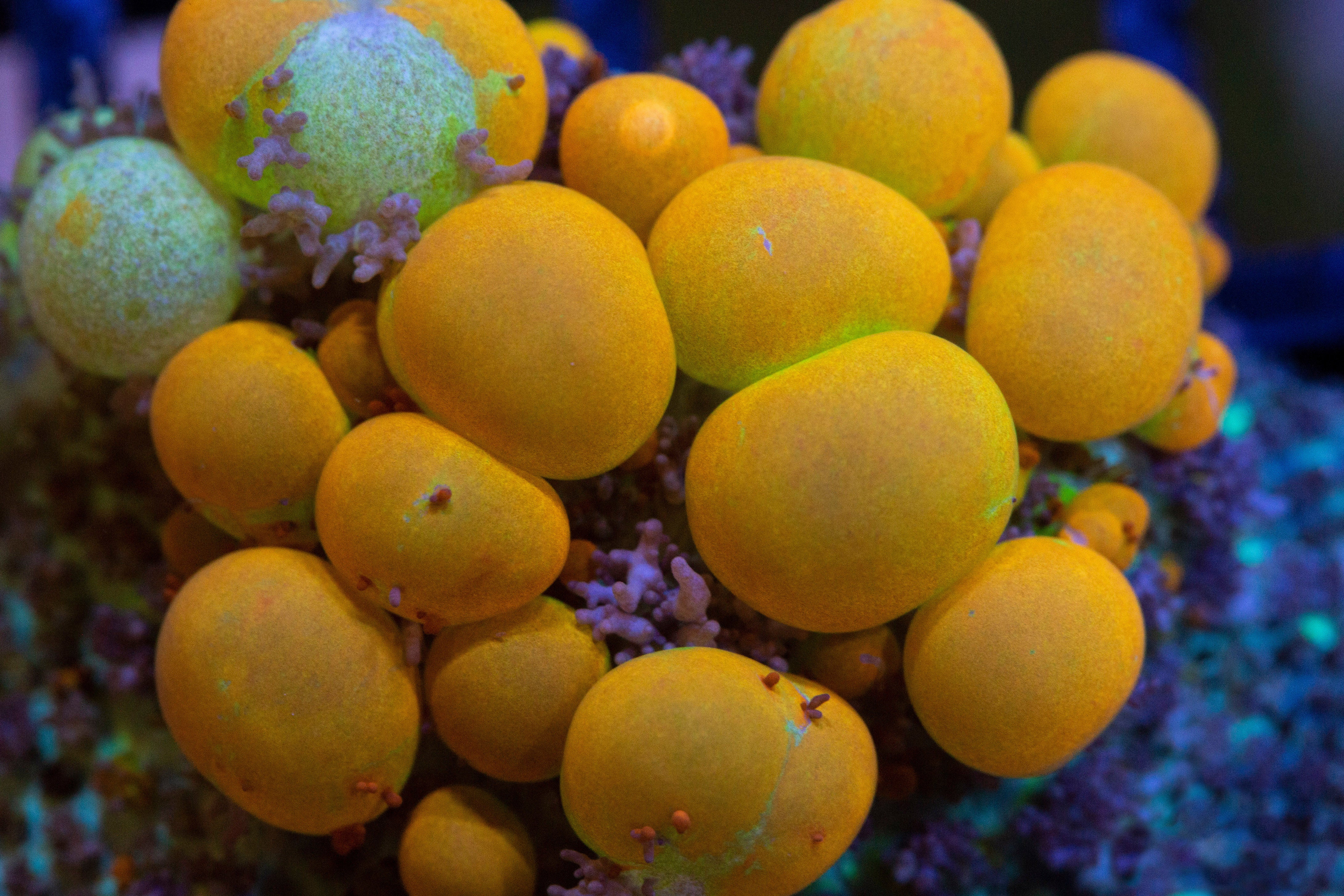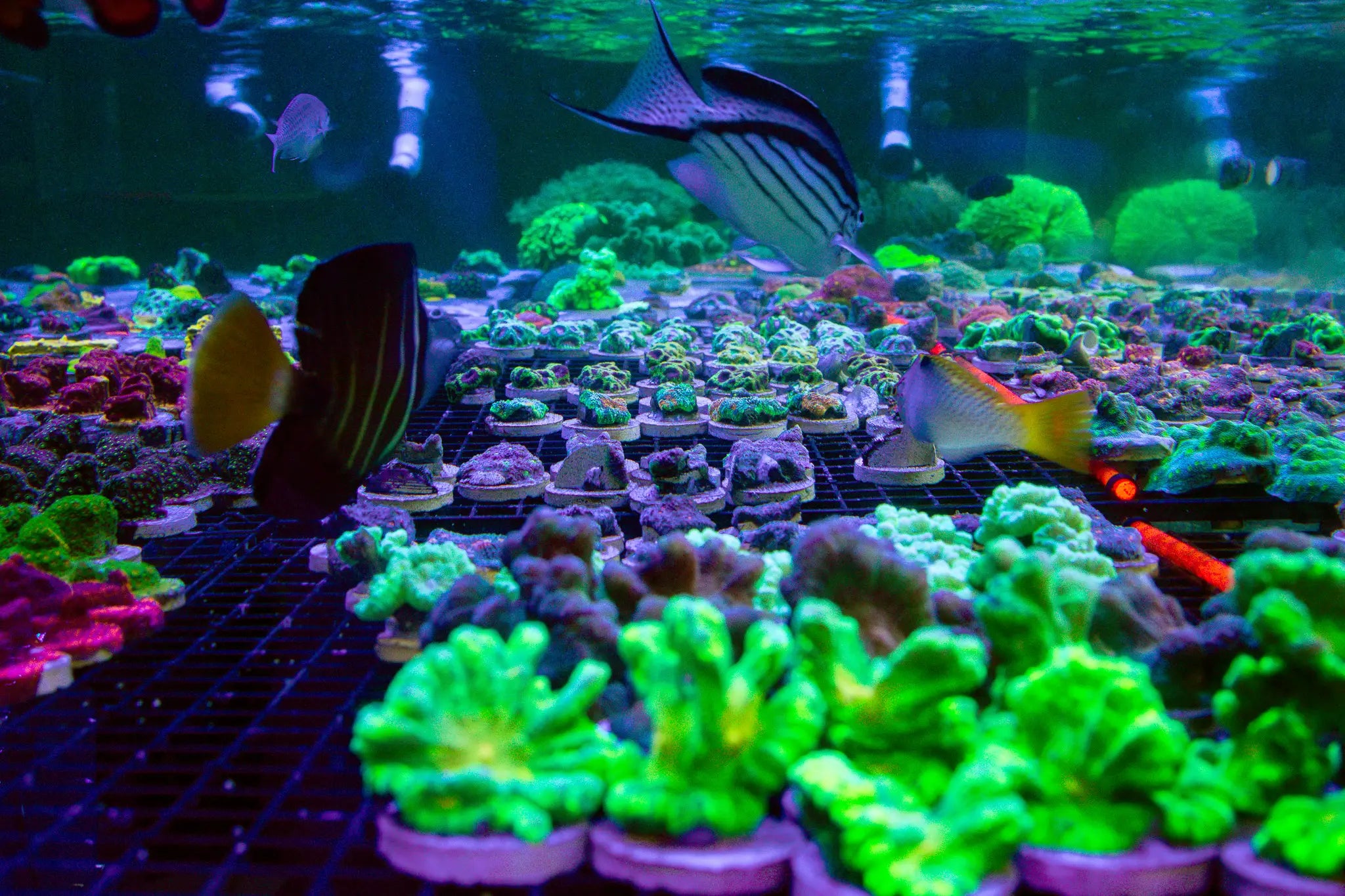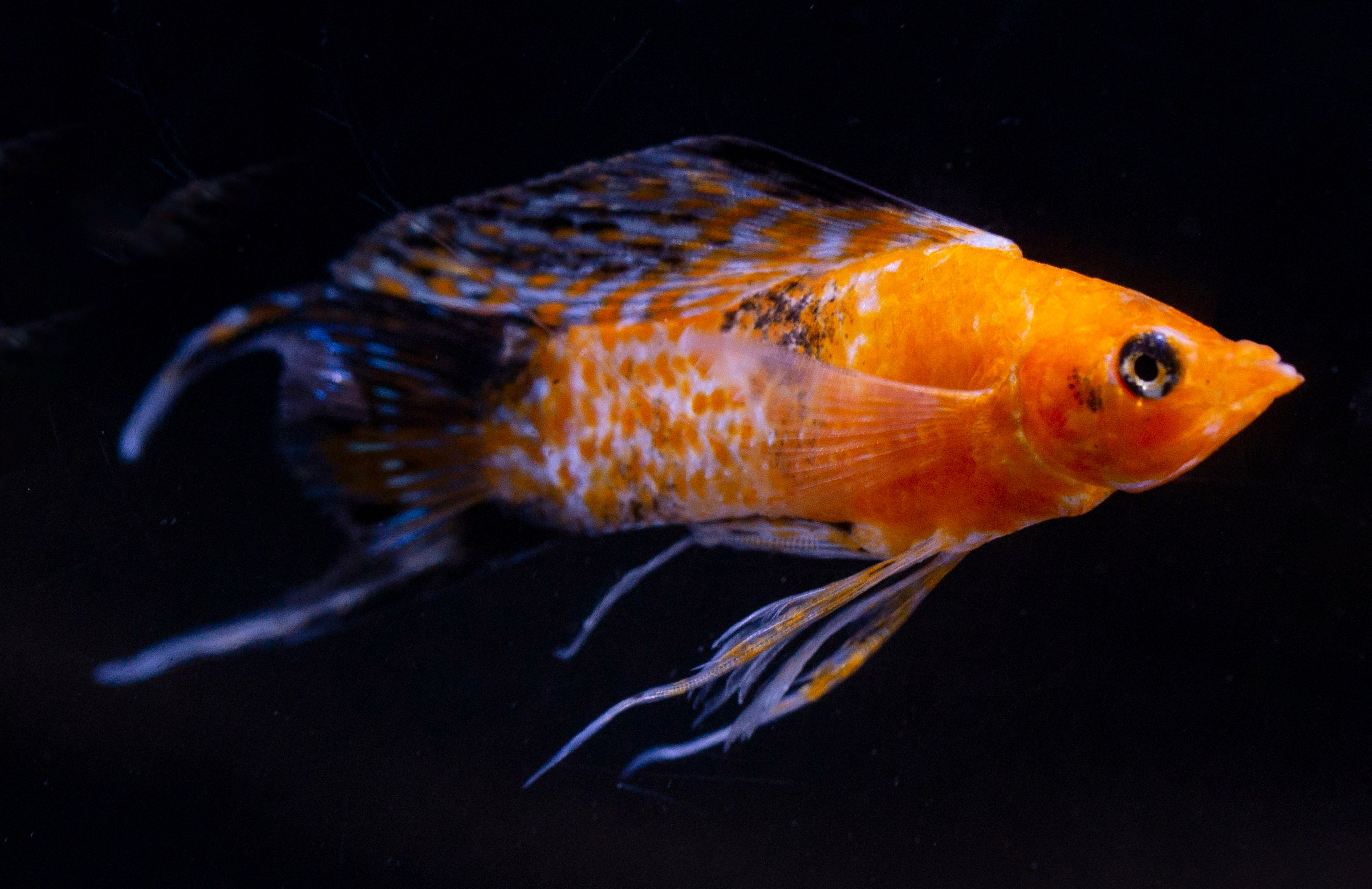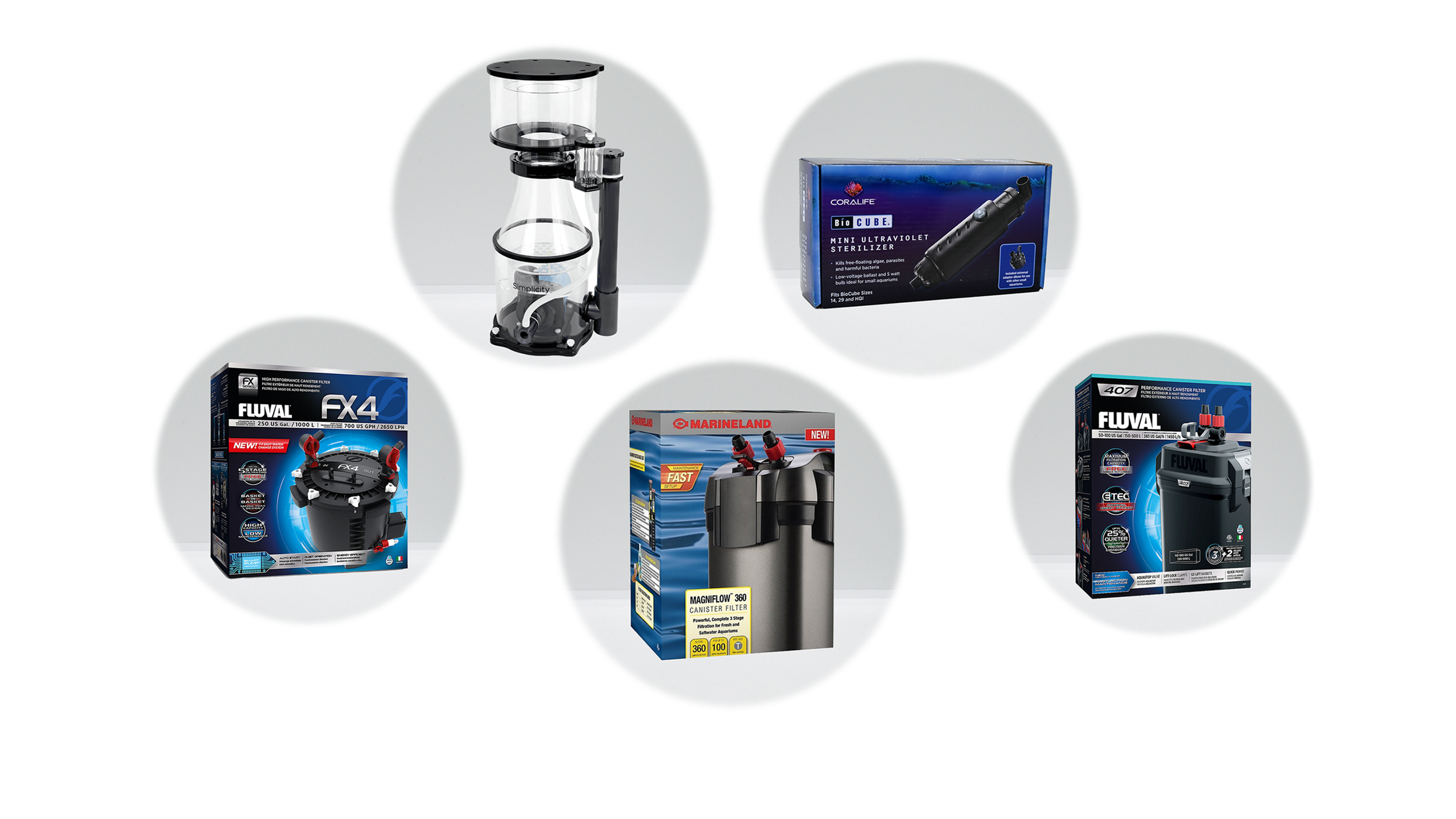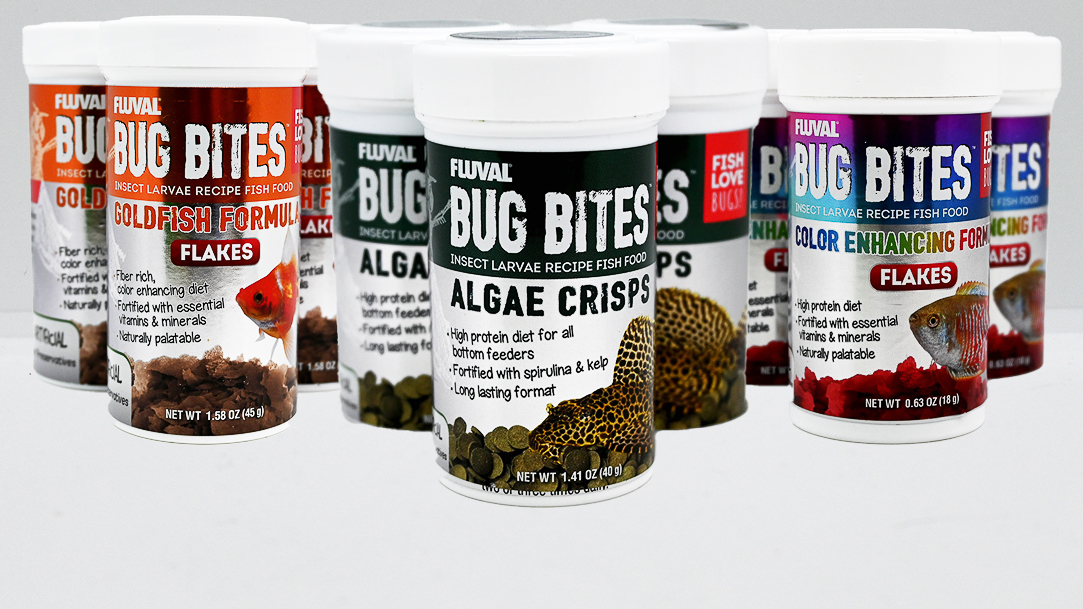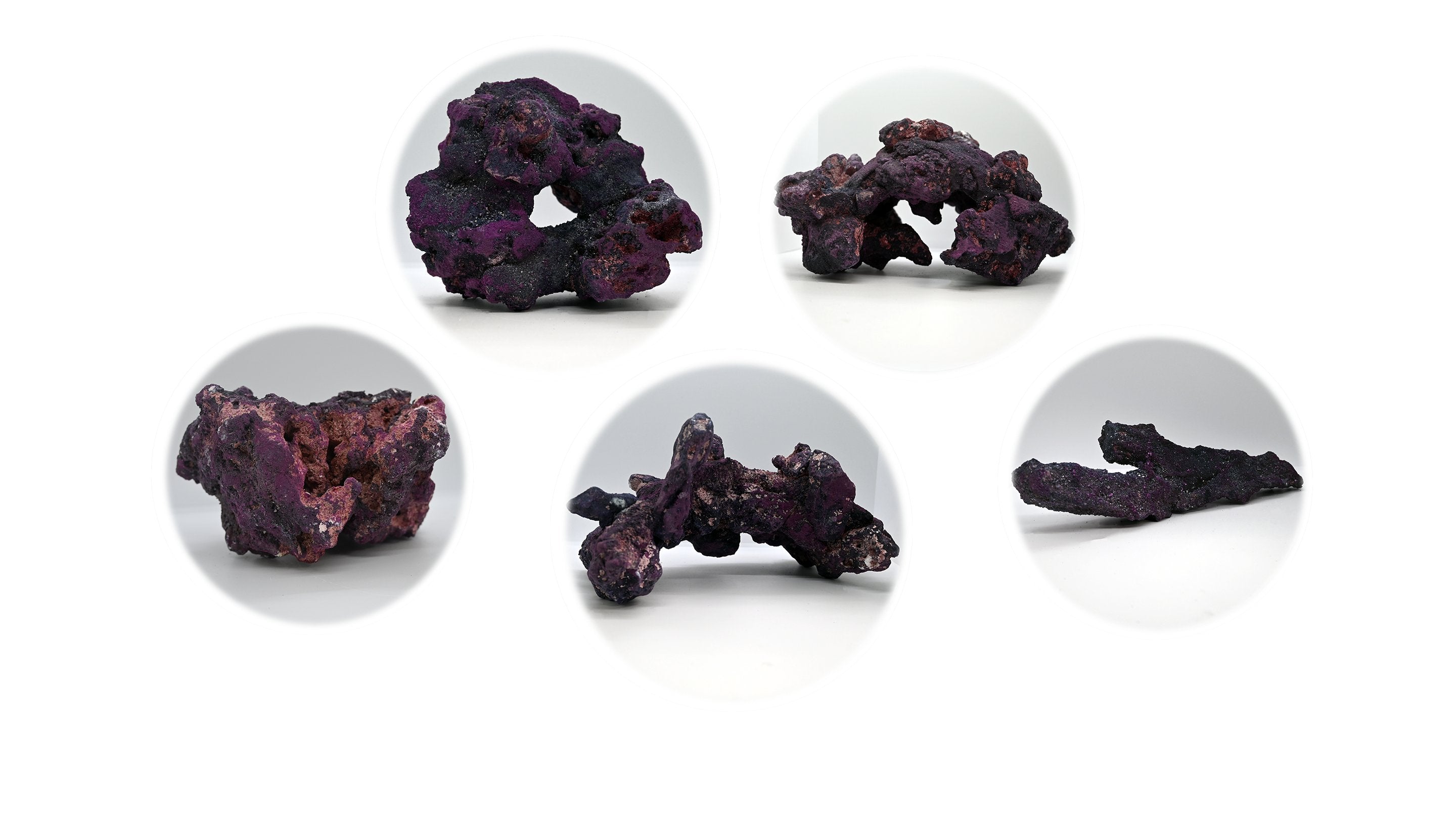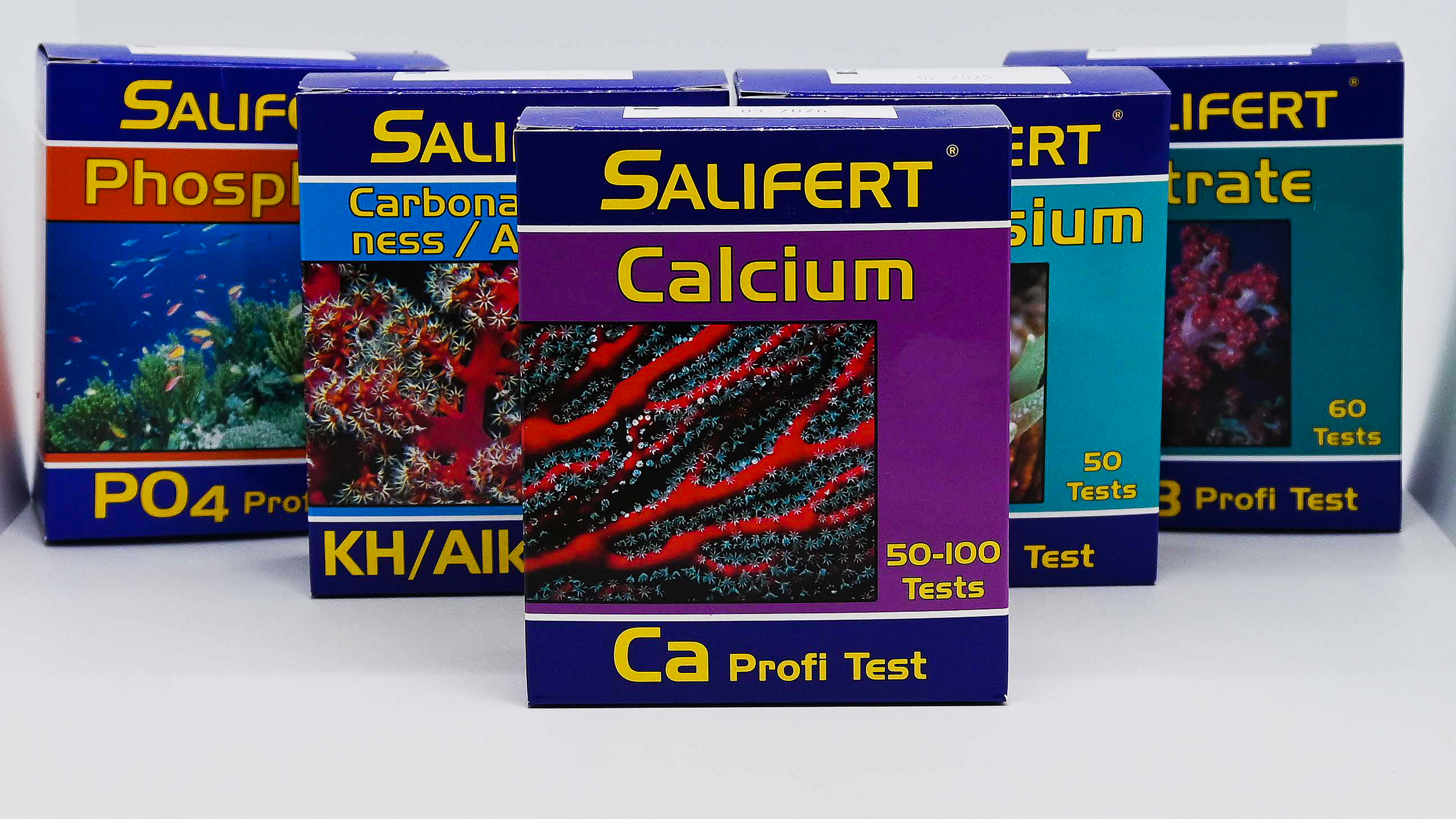Blue Hippo Tang - Paracanthurus hepatus
- In stock, ready to ship
- Backordered, shipping soon
The Blue Hippo Tang, also known as the Regal Tang or Palette Surgeonfish, is one of the most iconic and visually striking fish in the marine aquarium hobby. Known for its bright blue body and bold black markings, this fish brings a touch of the tropical ocean to home aquariums.
Description:
• Common Names: Blue Hippo Tang, Regal Tang, Palette Surgeonfish
• Scientific Name: Paracanthurus hepatus
• Family: Acanthuridae
• Size: Up to 12 inches (30 cm)
• Coloration: Vivid blue body with a unique black pattern resembling a painter’s palette and a bright yellow tail.
Native Region:
The Blue Hippo Tang is found throughout the Indo-Pacific region, particularly in areas ranging from East Africa to Japan. It thrives in coral reefs where it can swim in and out of rock structures.
Aquarium Setup:
• Tank Size: Minimum 180 gallons to accommodate its active swimming behavior.
• Rockwork: Provide ample live rock for shelter and exploration.
• Swimming Space: Open water space is essential for this fish’s well-being.
Water Parameters:
• Temperature: 72-78°F (22-26°C)
• pH: 8.1-8.4
• Salinity: 1.023-1.025 specific gravity
• Hardness: 8-12 dKH
Care Level:
• Difficulty: Moderate; requires a spacious, well-maintained tank and attentive care.
• Diet: Herbivorous; primarily feeds on marine algae and should be supplemented with seaweed, spirulina, and quality flake or pellet food.
• Behavior: Generally peaceful, but can show territorial behavior with other tangs or similar fish.
Reef Compatibility:
• Reef-Safe: The Blue Hippo Tang is safe for reef aquariums, not known for nipping at corals or other invertebrates.
Tank Mates:
• Suitable Companions: Compatible with other peaceful fish such as clownfish, gobies, and wrasses.
• Avoid: Other tangs of similar shape and size unless the tank is very large to prevent aggression.
Additional Tips:
• Stress Management: The Blue Hippo Tang can be prone to stress and may develop ich if not kept in a stable environment.
• Feeding Routine: Provide a varied diet with an emphasis on marine algae to ensure optimal health and vibrant coloration.
• Acclimation: Use a slow acclimation process to reduce stress and help the fish adapt to its new surroundings.





